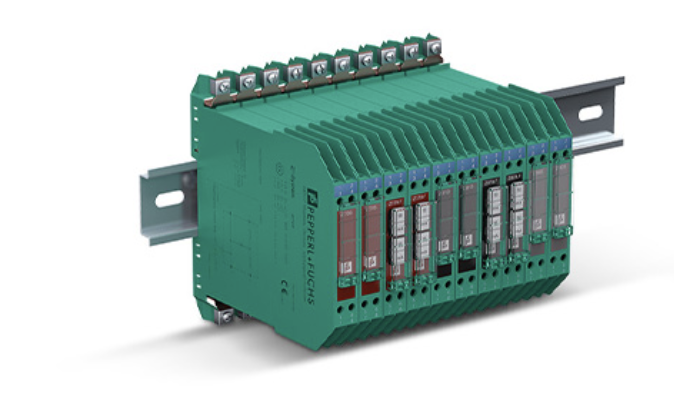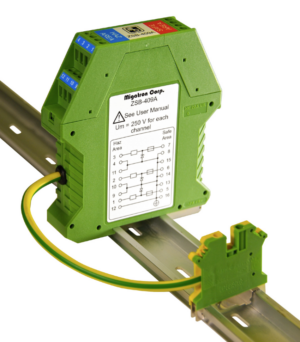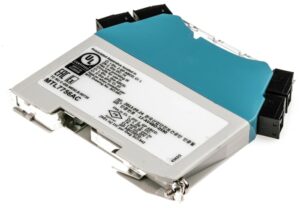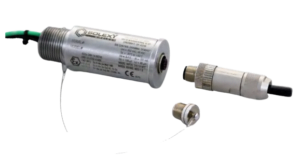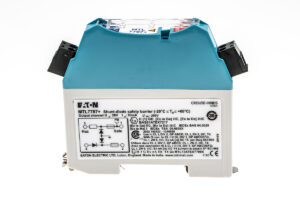Intrinsically Safe Barriers
Intrinsically safe barriers are critical components used in hazardous areas to ensure that electrical circuits do not carry enough energy to ignite explosive atmospheres, such as those found in oil, gas, and chemical industries. These barriers limit the amount of electrical energy—whether from power surges, short circuits, or other faults—ensuring that any spark or thermal effects remain below the levels that could cause combustion. This safety measure makes intrinsically safe systems one of the most reliable protection methods in explosive environments.
How Intrinsically Safe Barriers Work
The primary function of an intrinsically safe barrier is to limit the electrical energy that reaches hazardous zones. These barriers ensure that even in the event of a fault, the energy transmitted is insufficient to ignite flammable gases, vapors, or dust. By using a combination of resistors, diodes, and fuses, the barrier absorbs or redirects excess energy, keeping the circuit operating safely.
Types of Intrinsically Safe Barriers
- Isolated Barriers
Isolated barriers go beyond explosion protection by providing galvanic isolation, which separates the circuit on the hazardous side from the control systems on the safe side. This protects against signal distortion, surges, or noise that could compromise measurement and control systems. They are ideal for applications where interference might be a concern. These barriers also perform signal conversion, standardization, and splitting, ensuring reliable data transmission across a wide range of environments. - Zener Barriers
Zener barriers are simpler devices that control energy by directing excess voltage to ground, ensuring that only safe levels of energy reach the hazardous area. They do not provide galvanic isolation, making them ideal in systems where isolation is already provided or not necessary. Zener barriers are widely used due to their cost-effectiveness and simplicity, especially in environments where space and ease of installation are critical.
Benefits of Using Intrinsically Safe Barriers
- Enhanced Safety: Intrinsically safe barriers eliminate the risk of ignition in hazardous areas by controlling electrical energy levels.
- Simplified Maintenance: With intrinsically safe circuits, repairs and maintenance can often be carried out without needing to shut down equipment or obtain a special work permit, reducing downtime.
- Versatility: Intrinsically safe barriers are available in a variety of designs and can be used with different types of field devices, including sensors, transmitters, and control systems.
- Cost-Effective: Compared to other explosion protection methods, such as explosion-proof enclosures, intrinsically safe systems are often more economical and easier to implement in environments where explosive atmospheres are present.


























